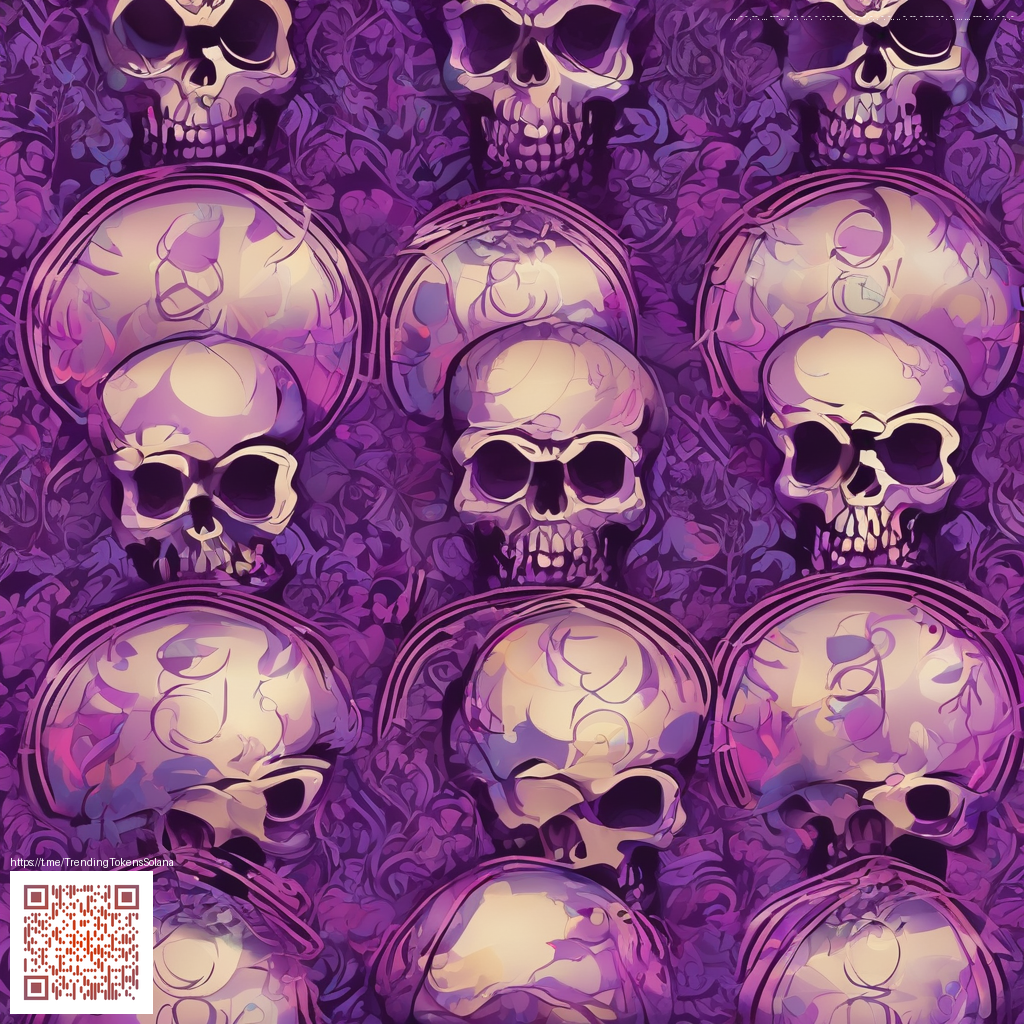Rust vs Minecraft: A Fun Clash of Code and Craft
When you hear “Rust” you might think of a powerful systems programming language that prioritizes safety and speed. When you hear “Minecraft,” you probably imagine blocky landscapes, clever redstone circuits, and limitless creativity. Put these two in a virtual room, and you’ve got a surprising conversation about structure, constraints, and imagination. The clash isn’t about which is better; it’s about how each medium teaches us to think—whether we’re writing safe, fast code or laying down carefully planned blocks to build a thriving world.
Common ground: creativity under constraint
Both Rust and Minecraft reward deliberate planning. In Rust, memory safety and ownership rules push you to design robust abstractions before you ship a project. In Minecraft, constraints like limited resources, lighting, and terrain force you to prototype layouts and optimize space. Here are a few overlaps that always spark good lessons:
- Modular thinking: break problems into small, testable pieces—whether modules in Rust or builds in a sandbox world.
- Predictable outcomes: you want what you code or craft to behave consistently, whether it’s a function returning a value or a redstone mechanism triggering exactly as planned.
- Iterative improvement: both domains reward cycles of design, test, adjust, and repeat.
“Great systems—whether software orShelves-and-Redstone—are born from thoughtful constraints rather than unlimited freedom.”
From syntax to stack traces: learning curves that inform each other
Rust’s ownership model, lifetimes, and borrow checker can feel like a mind-bending puzzle at first. The payoff, though, is a language that prevents a class of bugs before they ever run. Minecraft’s learning curve is different but equally powerful: mastering redstone, command blocks, and resource gathering teaches you to anticipate edge cases, plan dependencies, and debug in a world where failure is visible and tangible. For developers and creators alike, the takeaway is clear: invest in the upfront design. In Rust, that means careful type and module design; in Minecraft, that means sketches or mockups of complex contraptions before you commit to a full build.
Practical parallels: tooling, testing, and collaboration
Both ecosystems thrive on strong tooling and collaborative communities. In Rust, the compiler provides helpful diagnostics that guide you toward correct patterns. In Minecraft, servers, datapacks, and mods create shared playgrounds where teams coordinate builds and experiments. Whether you’re architecting a performance-critical service or coordinating a large-scale in-game project, a few shared practices help:
- Write clear interfaces or blueprints—document what each piece does and how it’s expected to behave.
- Test in isolation when possible—unit or module tests for Rust; isolated redstone tests or small demos for Minecraft builds.
- Embrace refactoring—don’t cling to perfection on the first pass; iterate toward cleaner, more maintainable designs.
Translating insights into daily work
One practical way to bridge the gap is to think about your workstation as a mini-project board. If you’re juggling code reviews, debugging, and creative build sessions, a tidy desk can boost focus. For readers who appreciate a dedicated display setup while ideating across both domains, consider a compact, portable solution like the Phone Desk Stand Portable 2 Piece Smartphone Display (product page: https://shopify.digital-vault.xyz/products/phone-desk-stand-portable-2-piece-smartphone-display). It’s the kind of tool that supports thinking across screens—coding references on one side and a live schematic or draft on the other—without sacrificing desk space.
As you experiment, remember that both Rust and Minecraft reward deliberate practice. The discipline you apply to naming, structuring, and testing in Rust translates into more elegant, maintainable code. The same mindset helps when you design complex Minecraft projects, where clear planning prevents chaos when villagers, redstone, or resource economics collide.
Real-world takeaways for builders and developers
- Start small, then scale: prototype a feature or build on a manageable canvas before expanding.
- Document decisions: maintain a short design note for each major module or build phase.
- Leverage community wisdom: read guides, participate in forums, and share your own discoveries, whether you’re tackling Rust lifetimes or a sprawling vanilla-modded world.
For those who love a tangible, dual-purpose workspace, check out the product linked above to keep your devices organized as you dive into both code and craft. You might also explore the article hub at https://x-vault.zero-static.xyz/a4e4a32c.html for more insights weaving technology and creativity.
